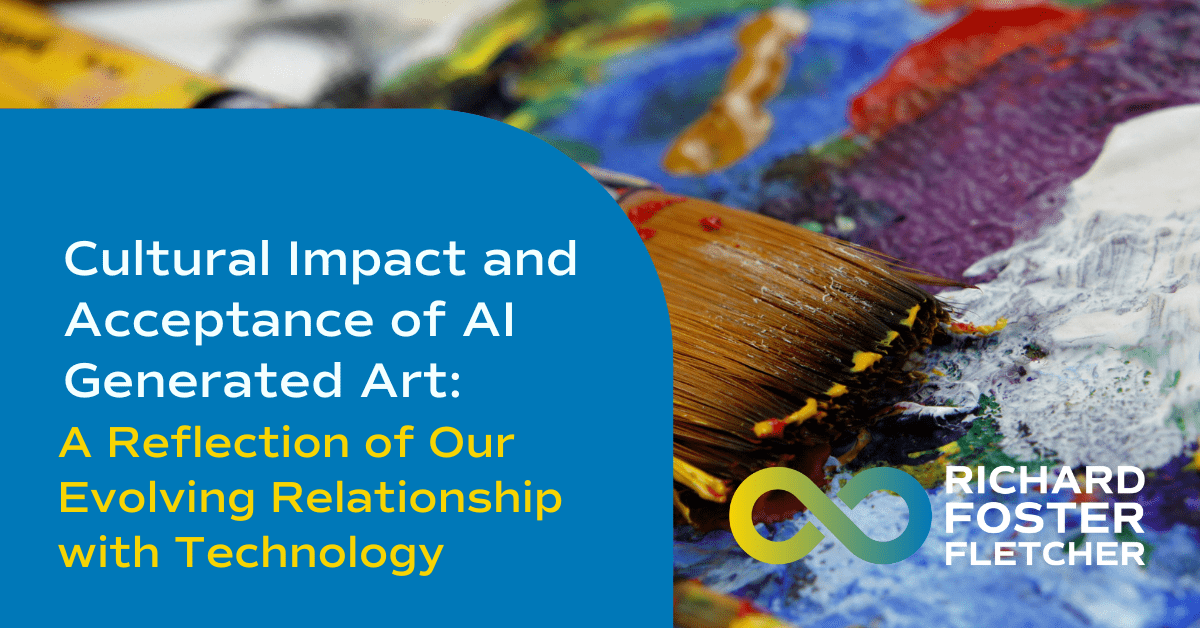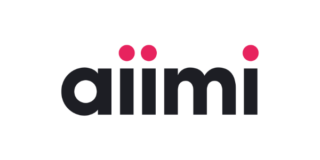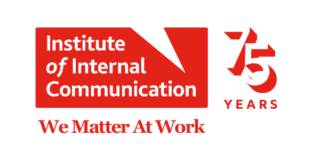
Cultural Impact and Acceptance of AI-Generated Art: A Reflection of Our Evolving Relationship with Technology

The sale of “The Portrait of Edmond de Belamy,” an AI-generated artwork, at Christie’s for $432,500 marks a significant moment in the history of art and technology. This event is not merely a financial milestone; it represents a broader cultural shift in how society perceives creativity, authorship, and the role of technology in human expression. The acceptance of AI-generated art in such prestigious venues signals a transformation in our collective understanding of creativity, blurring the lines between human and machine contributions.
The Cultural Significance of AI in Art
The integration of AI into the art world reflects a growing acceptance of technology as a legitimate collaborator in the creative process. This shift is not without precedent; throughout history, new technologies have often been met with scepticism before being embraced by the art community. However, AI introduces a more profound challenge: it questions the very nature of creativity. If a machine can produce art that is valued and appreciated on par with human creations, what does this say about our traditional notions of artistic genius and inspiration?
The acceptance of AI-generated art by institutions like Christie’s suggests that society is becoming more open to redefining creativity. It acknowledges that creativity is not solely the domain of human beings but can also emerge from complex algorithms designed to mimic human thought processes. This transition could be seen as part of a broader cultural trend where technology is not just a tool but a co-creator in various forms of expression.
Society’s Evolving Relationship with Technology and Creativity
This acceptance also reflects how our relationship with technology has evolved. In an increasingly digital world, the boundaries between human and machine are becoming more porous. AI’s role in art is an extension of this trend, where technology is no longer a mere facilitator of human creativity but a participant in the creative process.
The success of “The Portrait of Edmond de Belamy” illustrates a willingness to explore and appreciate new forms of expression, even if they challenge long-standing conventions. It also raises questions about the future of art and creativity. As AI continues to develop, will it produce entirely new art forms that are incomprehensible to the human mind? Or will it remain a reflection of human creativity, limited by the data and parameters set by its creators?
The Implications for the Future of Art
The sale of AI-generated art at a prestigious auction house like Christie’s may also indicate a shift in the art market itself. As AI-generated works gain legitimacy, they could create new categories within the art world, challenging traditional hierarchies and notions of value. This could democratise art by allowing more people to create and appreciate works that were previously inaccessible due to technical or creative limitations.
However, this trend also raises ethical and philosophical questions. If AI can create art that is indistinguishable from human-made works, what becomes of the artist’s role in society? Does this devalue human creativity, or does it elevate AI to the status of an artist? These questions are not merely academic; they have real implications for how we value and interact with art in the future.
Key Questions to Consider
- How will the integration of AI in art influence our understanding of creativity and the role of the artist in society?
- What are the potential ethical implications of AI-generated art gaining acceptance in mainstream culture?
- How might the art market evolve in response to the increasing legitimacy of AI-generated works?
References
- Christie’s Auction House – Christie’s Press Release on the Sale of “The Portrait of Edmond de Belamy”
- The New York Times – The Portrait of Edmond de Belamy and the Future of AI in Art
- ArtNet News – AI in the Art Market: A Growing Phenomenon
- The Guardian – AI and Creativity: A New Era of Art
- Wired – The Intersection of AI and Art: A Revolutionary Moment
















